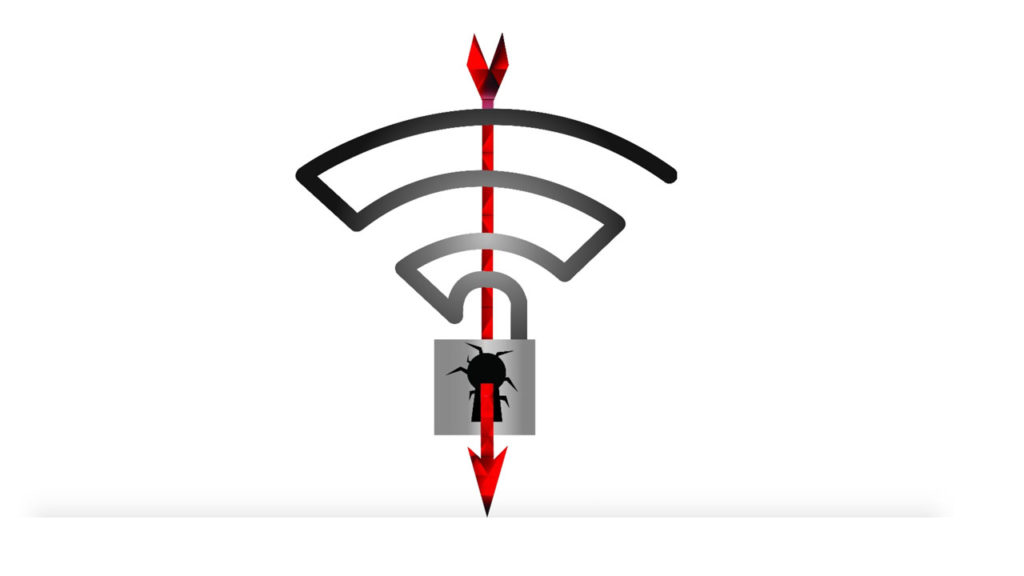How To
How to Find Out if Your Device is Vulnerable to KRACK Attack

- October 20, 2017
- Updated: July 2, 2025 at 6:45 AM

Since the KRACK vulnerability that endangers WPA2 WiFi security protocols was discovered a few weeks ago, alarm bells have been blaring as the vulnerability gives cyberattackers the chance to access all of the information that your device communicates with your Wi-Fi (credit card numbers, password, emails, and so on) and, in certain cases, even insert false information or viruses. There are ways to avoid the dangers of KRACK; if you want to bring yourself up to speed, check out our article on 8 Ways to Safeguard Yourself Against KRACK.
The latest development is that the researchers who first discovered KRACK have created a script that enables you to find out if your Wi-Fi is hackable or not. The script simulates the re-installation of the key that enables KRACK (KRACK stands for Key Reinstallation Attacks). If the access point does not process the request, it means your Wi-Fi is secure. If it accepts the request, that means your Wi-Fi is vulnerable to attack.
The bad news is that the script is little complicated to run. For starters, you’ll need to know your access credentials. Even more complex, you’ll need to run the script from Kali Linux, a Debian GNU/Linux based OS that is designed primarily for auditing PC security.
If you want to give running the script a try, you can find it here. May the force be with you.
Fortunately, the internet has plenty of cyber-Samaritans, so there is a good chance that somebody will decide to create a more user-friendly version of the script. When they do, we’ll let you know.
Although some of the big companies, like Microsoft, have begun releasing patches for their devices, the researchers who discovered KRACK are concerned that the vulnerability is just the tip of the iceberg, and that it will eventually lead to further breakdowns of security in WPA2-enabled devices. They believe that the only solution is to create a new and upgraded security protocol: WPA3.
Via: ADSLZone
Patrick Devaney is a news reporter for Softonic, keeping readers up to date on everything affecting their favorite apps and programs. His beat includes social media apps and sites like Facebook, Instagram, Reddit, Twitter, YouTube, and Snapchat. Patrick also covers antivirus and security issues, web browsers, the full Google suite of apps and programs, and operating systems like Windows, iOS, and Android.
Latest from Patrick Devaney
You may also like
 News
NewsEven the Louvre Failed at Cybersecurity — Here’s How You Can Do Better
Read more
 News
NewsAI has been responsible for 50,000 layoffs in 2025: what can we expect in 2026?
Read more
 News
NewsValve will stop producing one of its most popular models of Steam Deck
Read more
 News
NewsA Korean thriller that promises to take over this Christmas arrives on Netflix unexpectedly
Read more
 News
NewsThis Transformers game will disappear from Steam at the end of the year, but you can buy it at a ridiculous price before that happens
Read more
 News
NewsOne of the great directors in the history of cinema has passed away
Read more